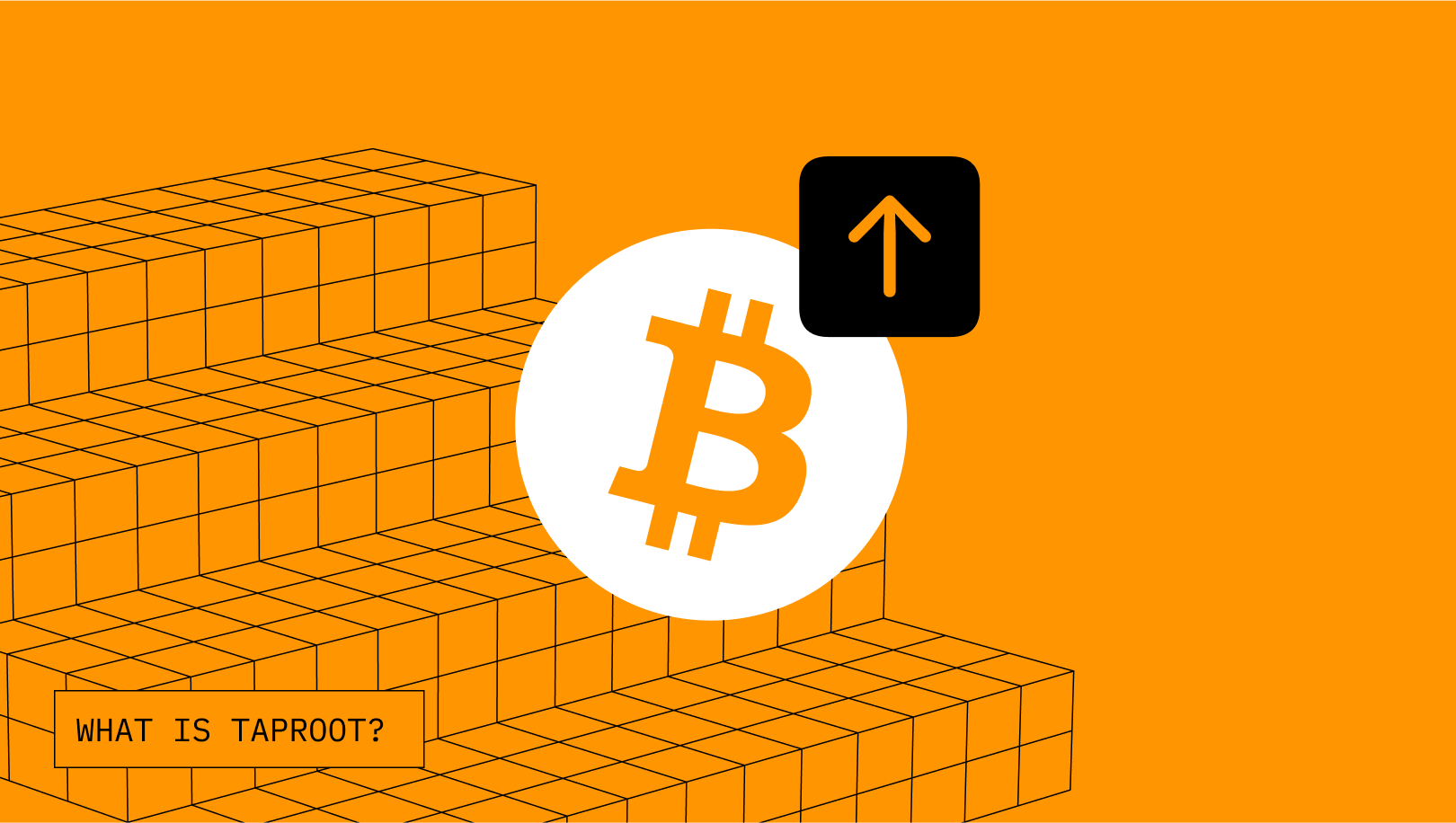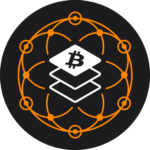1971 was a pivotal moment in the history of modern money when President Nixon unleashed the “Nixon shock.” This announcement severed the ties between the US dollar and gold, effectively divorcing the dollar from any physical backing in the real-world.
The consequence was the dawn of fiat currency, where money’s value no longer relied on physical assets or fixed exchange rates. Fiat currency, often referred to as money “backed by nothing” and “created out of thin air,” found its place as the new norm in monetary systems worldwide.
Unlike currencies anchored to tangible resources, like gold, or indeed oil, fiat money’s value proposition solely rests on the faith and trust people vest in the issuing government and its ability to preserve that value. Yet, this trust, as history attests, can be tenuous, and fiat currencies are not immune to tumultuous crises.
Notably, the 2008 financial crisis remains a striking example, with its repercussions echoing globally. The collapse stemmed from a complex interplay of factors, including hazardous lending practices, overvalued assets, and a shortage of governmental oversight. The bursting of the housing bubble initiated a chain reaction, driving down the worth of mortgage-backed securities and other assets, ultimately culminating in a severe credit squeeze.
Banks, overstretched and burdened, faced two alternatives: declare bankruptcy or receive bailouts. This rupture in the financial sector triggered a crisis of faith in the economic system, ushering in a substantial economic recession.
The 2008 financial crisis served as a critical, albeit unheeded wake-up call for governments and financial institutions alike. However much predicting the future of financial markets remains a difficult task, the likelihood of future crises lingers because of government inaction to address the root cause of the problem. As Warren Buffett sagely remarked, “Only when the tide goes out do you discover who’s been swimming naked.”
Despite its drawbacks, fiat currency has established itself as the conventional global monetary system, primarily sustained by trust in governments. While it offers flexibility and ease, it is not invulnerable to crises. The consequences of the 2008 financial debacle continues to reverberate as a stark reminder of the financial system’s inherent fragility.
Bank Runs: An Age-Old Dilemma
The Great Depression-era bank runs of the 1930s rank among the most renowned in modern history, characterised by widespread depositor panic who were apprehensive of impending bank failures. Nonetheless, the Great Depression was not the only era witness bank runs; history has recorded numerous instances both preceding and succeeding it.
The history of bank runs traces back to ancient Rome in 33 AD, marking a phenomenon that has consistently plagued the financial world. Bank runs, colloquially, denote a situation where a considerable number of depositors seek to withdraw their funds from a bank at the same time. This panic-induced phenomenon can stem from the erosion of trust in the bank’s stability, often foreboding a bank’s collapse.
In the 1800s, the United States experienced several, including the panics of 1857 and 1893. Recent years have seen their resurgence, notably in Greece (2015) and India (2016).
Greece’s bank run stemmed from the nation’s economic crisis and the enforcement of capital controls. In contrast, India’s bank run was sparked by a rumour that the State Bank of India, the country’s largest bank was on the edge of bankruptcy.
An intriguing aspect of bank runs is their self-fulfilling nature. A loss of faith among depositors, triggering mass withdrawals, can initiate a chain reaction leading to the bank’s failure. Banks rely on deposits for operational funding, and an excessive withdrawal spree can deplete the cash reserves, rendering it unable to meet the sudden demand.
In essence, bank runs underline the fragility of the financial system and the imperative of maintaining public trust in financial institutions. Economist Hyman Minsky succinctly encapsulated the essence of fiat money: “Anyone can create money; the problem is to get it accepted.”
This observation is particularly valid in the case of fiat currency, which is underscored its reliance on the trust and confidence of the public. As history has illustrated, when this trust and confidence wane, it can precipitate disastrous consequences for the banking system and the broader economy.
Enter Bitcoin
“The root problem with conventional currency is all the trust that’s required to make it work... The central bank must be trusted not to debase the currency, but the history of fiat currencies is full of breaches of that trust... Banks must be trusted to hold our money and transfer it electronically, but they lend it out in waves of credit bubbles with barely a fraction in reserve.” – Satoshi Nakamoto
The inception of Bitcoin in 2008, by Satoshi Nakamoto, resonated with the central problem: “Trusted Third Parties.” Conventional currency hinges on trust, a facet that Bitcoin sought to overhaul. The core issue with traditional currencies, including central banks, is the necessity of trust, which has, historically, encountered breaches and instilled doubt. Bitcoin is trustless.
This trust-centric requirement applies equally to commercial banks, as they handle financial assets with fractional reserves, perpetuating a cycle of credit bubbles. The challenge remains, to sustain trust in systems riddled with reasons to doubt.
Learn More
Do you want to learn more about Bitcoin and why money matters? Click this link to keep reading. Download the AmberApp and start stacking Sats in minutes.







